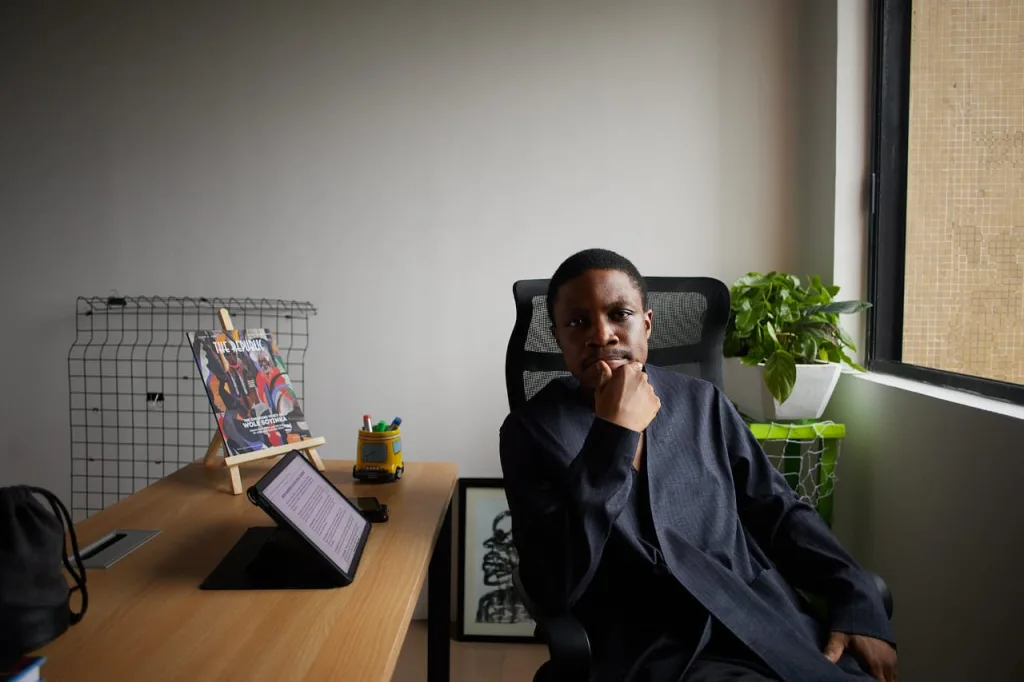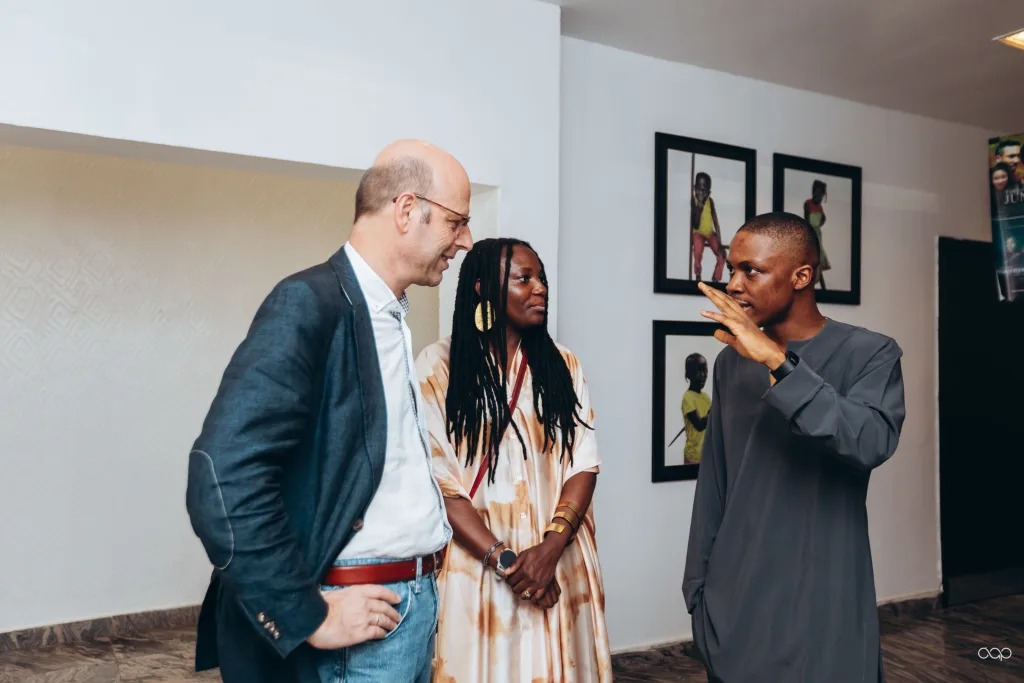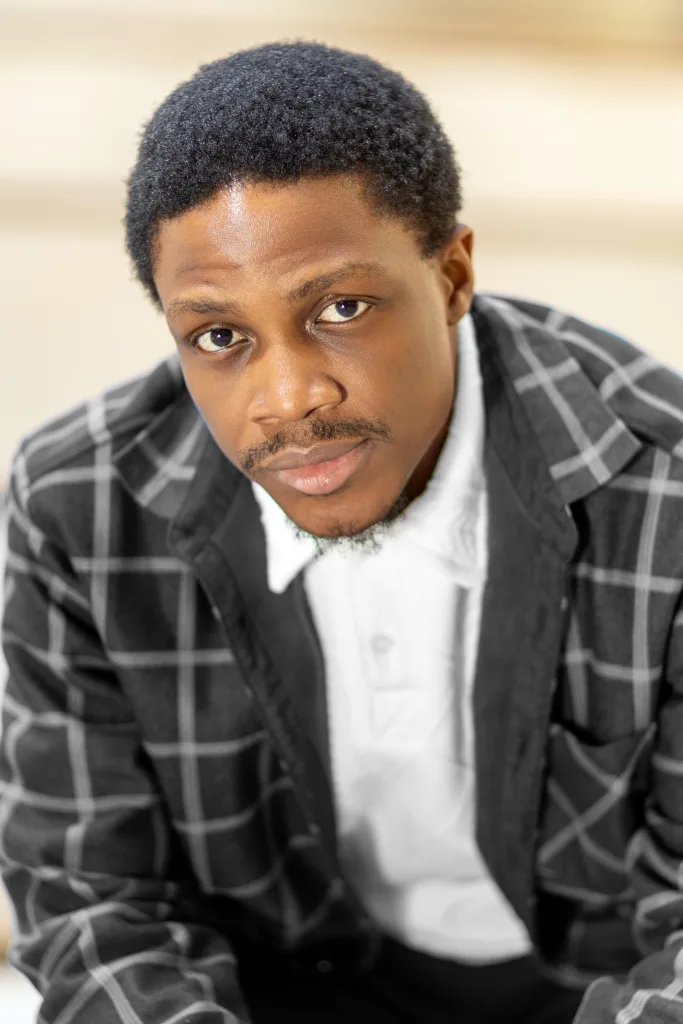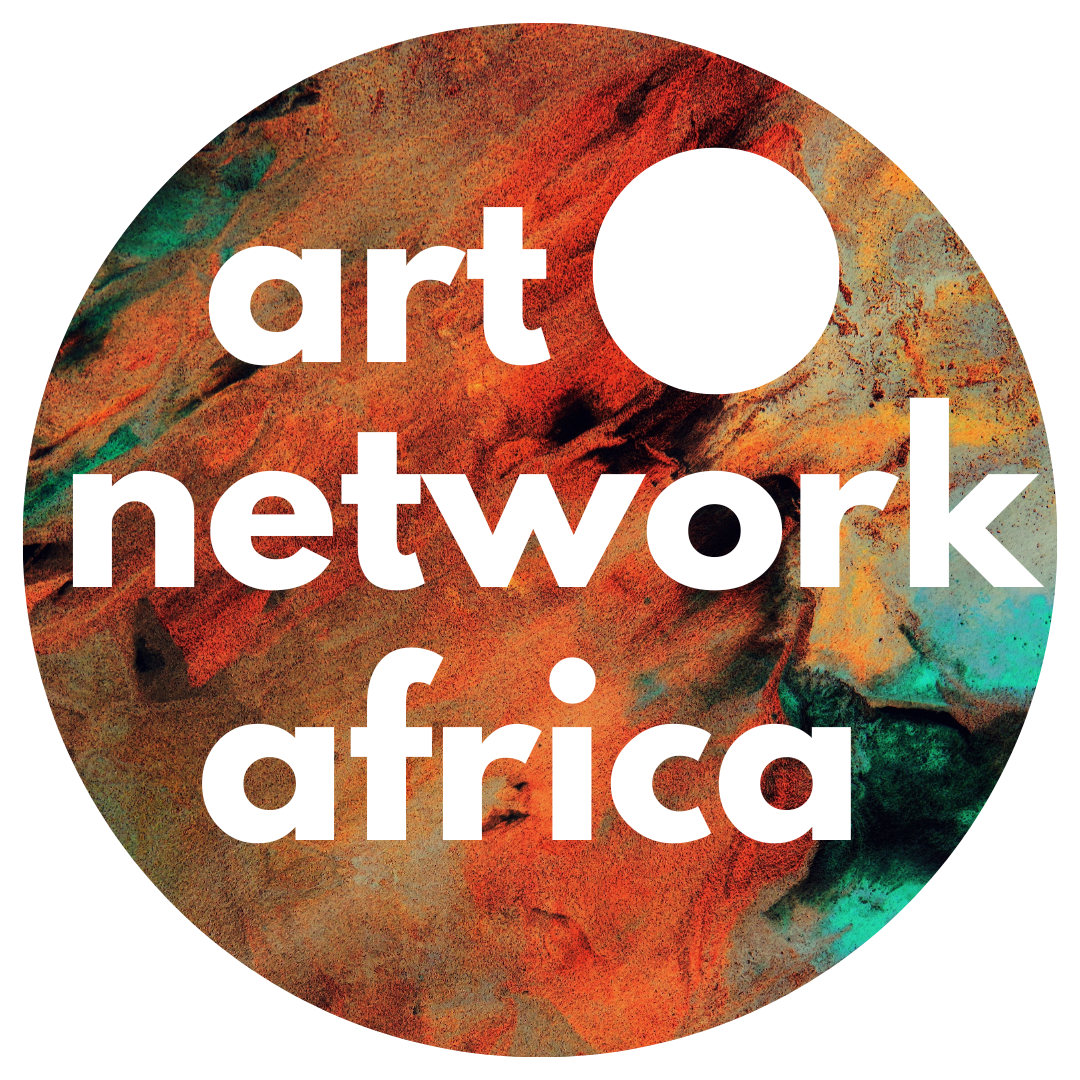Taiwo Adeyemi is a Nigerian curator, cultural strategist, and advisor whose work reimagines how art can shape public memory, popular culture, and social change. His practice spans large-scale collaborative projects, experimental art spaces, and advisory work with emerging and established artists navigating global opportunities.
Taiwo’s curatorial work bridges artistic expression, community building, and historical preservation. He founded Polygon, a Lagos-based art project and creative exchange for co-creation, experimentation, and cross-disciplinary ideas. He also leads Losing Daylight, which collects, restores, and reimagines Nollywood’s archives as contemporary art, reframing Nigeria’s cinematic history. For nearly a decade, Taiwo has advised artists and cultural entrepreneurs on scaling their work, expanding influence, and aligning purpose with practice. His earlier work includes Road2Blow, a multimedia platform and incubator that engaged over 30,000 emerging talents.
Taiwo has contributed to global and local thought leadership spaces, serving as a TEDx host and organizer, a Forbes delegate at the Under 30 Summit in Botswana, and a visiting lecturer at Pan-Atlantic University. He is an alumnus of the University of Pennsylvania’s HollywoodX program and a 2025 Skoll Fellow at Oxford University.

D.C: From tracing newspaper images as a child to building art platforms like Polygon, what sparked your passion for creative talent, and how did it grow into what Polygon is today?
T.A: My early love for art unknowingly trained my eye to see it differently: not just in objects, but in people. As a creative talent myself, I understood firsthand what it meant to lack the support and resources needed to grow. That’s why I became passionate about offering those opportunities to a new generation of artists. Over time, I saw that raw talent often struggles without structure, access, and the right networks. Polygon was created to bridge that gap as a space where emerging artists don’t just showcase their work, but gain the tools, collaborators, and confidence to build lasting careers.
D.C: What’s the process behind Polygon’s work with artists and creative talents? How do you structure that support?
T.A: At Polygon, we focus on being both a space and a system for artistic growth. We start by curating a community of emerging and mid-level talents across disciplines who are ready to take their work to the next level. From there, we provide three key things: space to create, access to resources, and pathways to visibility. Artists can use our physical studio to work, collaborate, and test ideas. We connect them to mentors, industry professionals, and institutional partners.
We also design events, exhibitions, and showcases that place their work in front of the right audiences, like collectors, investors, and cultural leaders. The structure is intentionally fluid so that every artist’s journey can be tailored to their needs, but the goal is always the same: move them from raw potential to sustainable creative careers.
D.C: Polygon has become a real crucible for creative exchange over time. Can you share one of your favourite cross-disciplinary collaborations that happened there?
T.A: One that stands out is a project between a writer and an art director who transformed our studio into a living room straight out of 1990s Nigeria. Every detail, from the lace curtains and patterned upholstery to the old TV set, was recreated with such care. It was an art form meant to show where a writer’s mind travels when they’re telling a story. Visitors stepped into the writer’s imagination and could almost feel the narratives forming in real time. That’s the kind of magic we want Polygon to keep making possible, where different disciplines collide and the result is something you can’t quite put in a box.

D.C: With a project as emotionally charged as Losing Daylight, how do you balance educating audiences with allowing room for artistic experimentation-especially when emerging artists are part of the process?
T.A: Losing Daylight is, at its core, an art project that looks back to move forward. We draw from historical moments, cultural memory, and the fragments of identity that risk being forgotten, then work with emerging artists to reimagine them through installation art, performance, and mixed media. It’s about asking: What have we lost? And what is taking shape in its place? By giving these artists room to experiment within that framework, the work becomes both a tribute to the past and a vision of what’s emerging. In that sense, the education is embedded in the art itself-the stories, symbols, and emotions we surface are what teach, without ever having to explain.
D.C: If we could look inside your curatorial toolkit, what are the non-negotiables you always rely on to shape a strong project?
T.A: For me, it always starts with clarity of intention; knowing exactly why this project needs to exist. Then comes context; understanding the cultural, historical, and social layers it’s speaking to. I also hold on to collaboration as a constant; the best projects are shaped by multiple perspectives, not just mine. Authenticity is another non-negotiable; if the work doesn’t feel true to the story we’re telling, it won’t connect. Finally, I make space for experimentation, because even the most thoughtful concept needs the freedom to surprise you. Those elements together give a project both structure and soul.
D.C: What’s one quiet, often overlooked sign in an artist that tells you they have long-term potential?
T.A: It’s curiosity. The artists who keep asking questions about their work, their influences, the world around them are the ones who keep evolving. Styles may change, trends will come and go, but that hunger to learn and explore usually means they’ll have something to say for a lifetime.
D.C: If a young Afrocentric visual artist in Lagos came to you feeling invisible, what three daring moves would you tell them to make this month to get on the radar?
T.A: First, show your work where it’s not expected. Take it beyond galleries into cafés, markets, rooftop screenings, and even street corners. Make people stumble upon it. Second, collaborate outside your discipline. Team up with a musician, fashion designer, or spoken word poet and create something neither of you could have done alone. Third, own your narrative online. Don’t just post the finished piece, share the story, the process, and the “why” behind it. People connect with the journey as much as the art.

D.C: Congratulations on being named a 2025 Skoll Fellow in Oxford. How has that experience influenced your vision, and what exciting developments should we expect from you next?
T.A: Thank you. Becoming a 2025 Skoll Fellow has been both grounding and expansive. It has challenged me to think beyond individual projects and look at how creativity can drive systemic change. It has also connected me to a global network of changemakers who are reimagining what’s possible in their fields. What’s next is a bolder push; building platforms and partnerships
that amplify African creativity on the world stage, while making sure the artists and communities behind it benefit in lasting, tangible ways.
D.C: The art world is evolving rapidly. From your vantage point, what forces do you think will shape its next chapter—particularly through an African lens?
T.A: I believe the next chapter will be about integration, where African art is not treated as an outlier, but as a central force in global culture. We’ll see artists blending traditional forms with new media, creating work that speaks both to heritage and to the present moment. There’s also a growing consciousness around infrastructure: building the institutions, archives, and markets that keep the value of African creativity within the continent. From Lagos to Nairobi to Accra, I see a generation that isn’t just participating in the art world, but actively rewriting its rules.
D.C: You’ve transformed art gatherings in Lagos into spaces where audiences don’t just watch – they shape the experience. What’s been key to getting people to step out of the crowd and into the story?
T.A: I believe that if art is made for an audience, then the audience should play a part in bringing it to life. For me, it starts with dismantling the invisible wall between “artist” and “audience.” I design experiences where people feel their presence genuinely matters; whether it’s inviting them to contribute ideas before a show, weaving their voices into the work itself, or creating moments where they can influence the direction of what’s unfolding. It’s also about cultural fluency; understanding how Lagos audiences respond to energy, humour, and social connection, then using that to make participation feel natural rather than forced. When people see themselves reflected in the work, they stop being spectators and start being co-creators.
D.C: Polygon has become a hub for creative exchange in Lagos. Do you see its model evolving into other African cities, and where do you sense the strongest momentum right now?
T.A: Absolutely. The energy we’re seeing in Lagos is not isolated. There’s a wave of creative ambition sweeping across African cities. Places like Accra, Nairobi, and Johannesburg are building strong ecosystems where young people are experimenting, collaborating, and telling new stories. The Polygon model was always designed to be adaptable and rooted in local culture but open to global dialogue. Expansion for us isn’t just about geography; it’s about tapping into these pockets of energy and creating platforms that connect them so ideas, resources, and opportunities can flow freely across borders.


